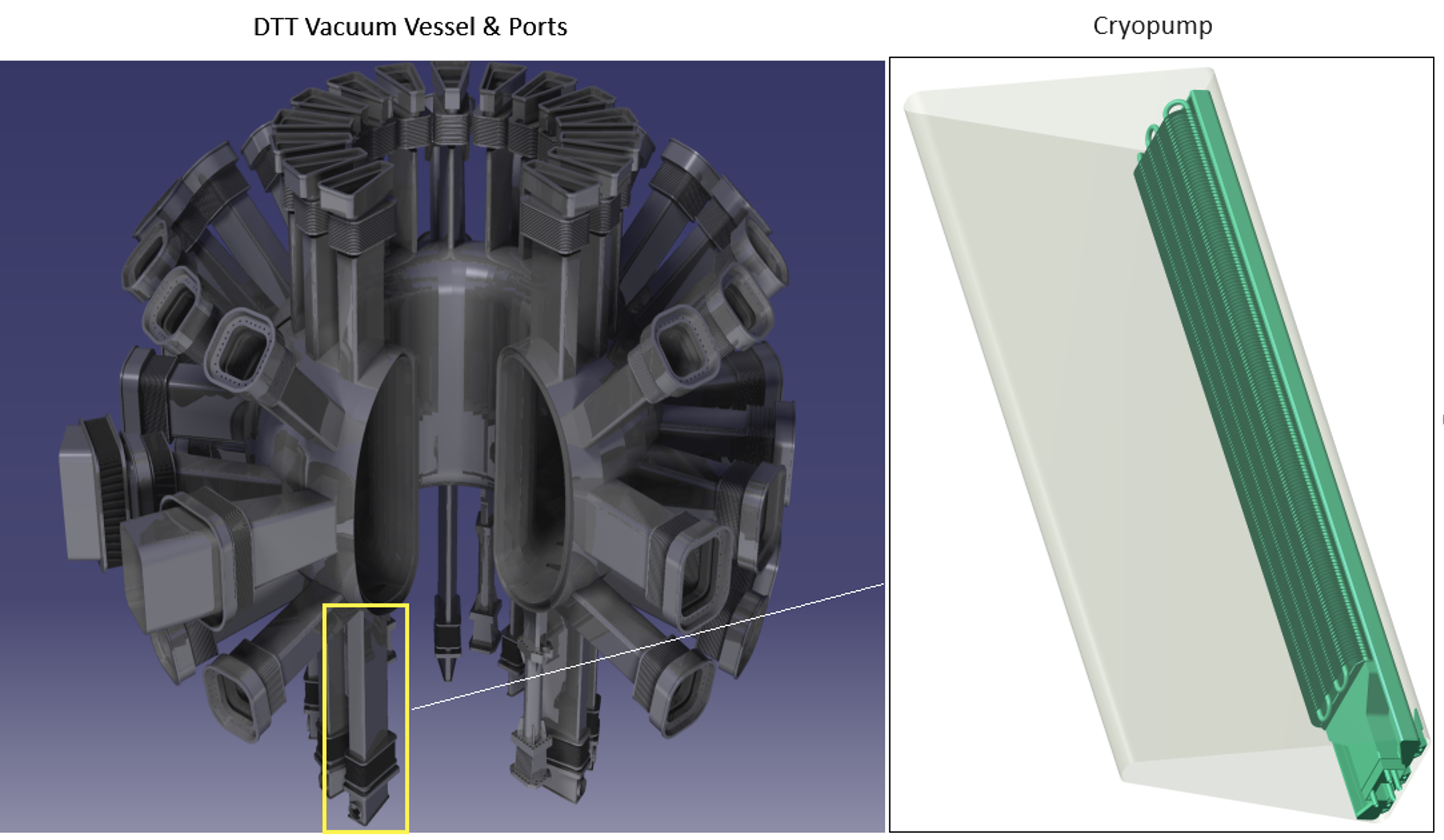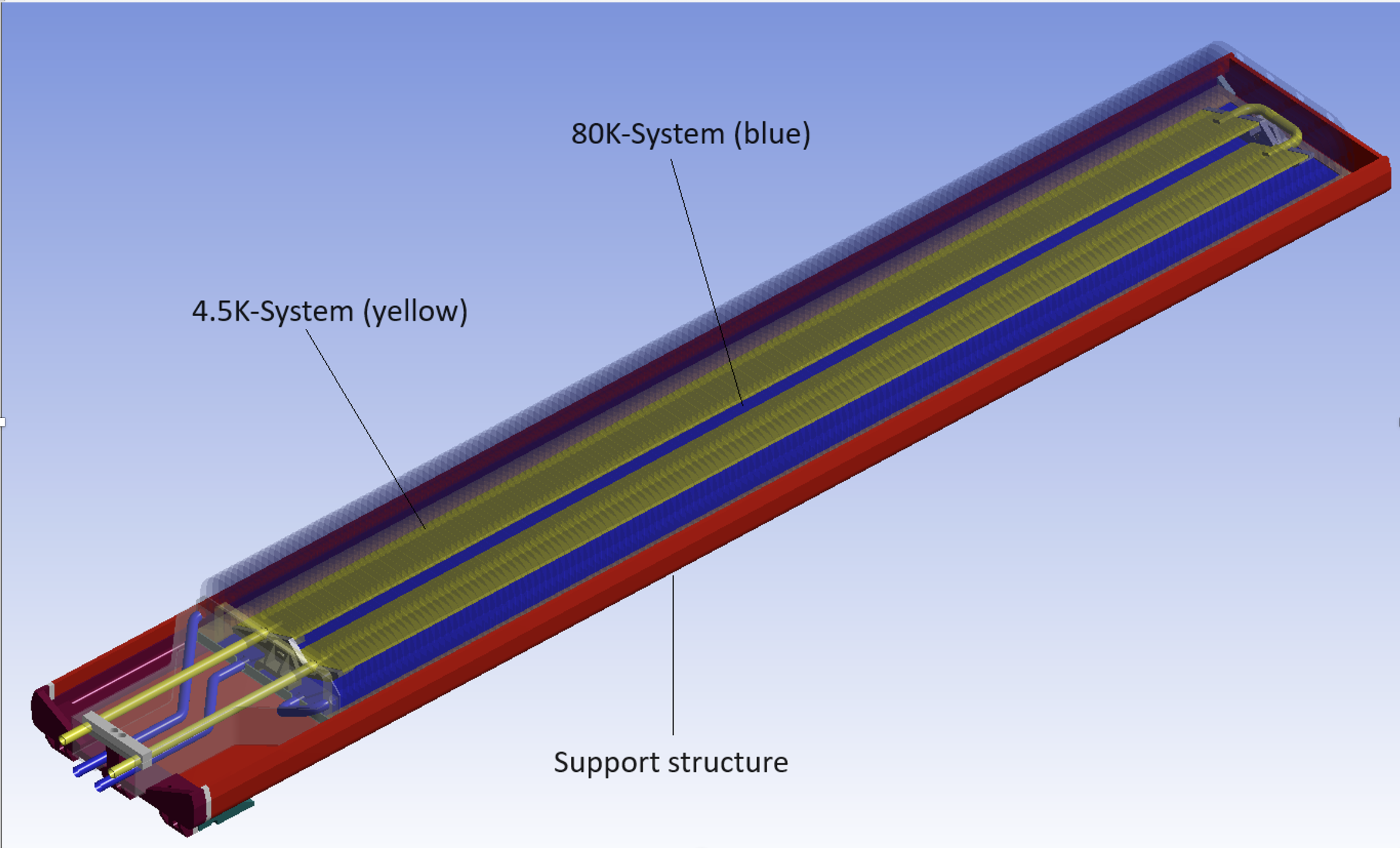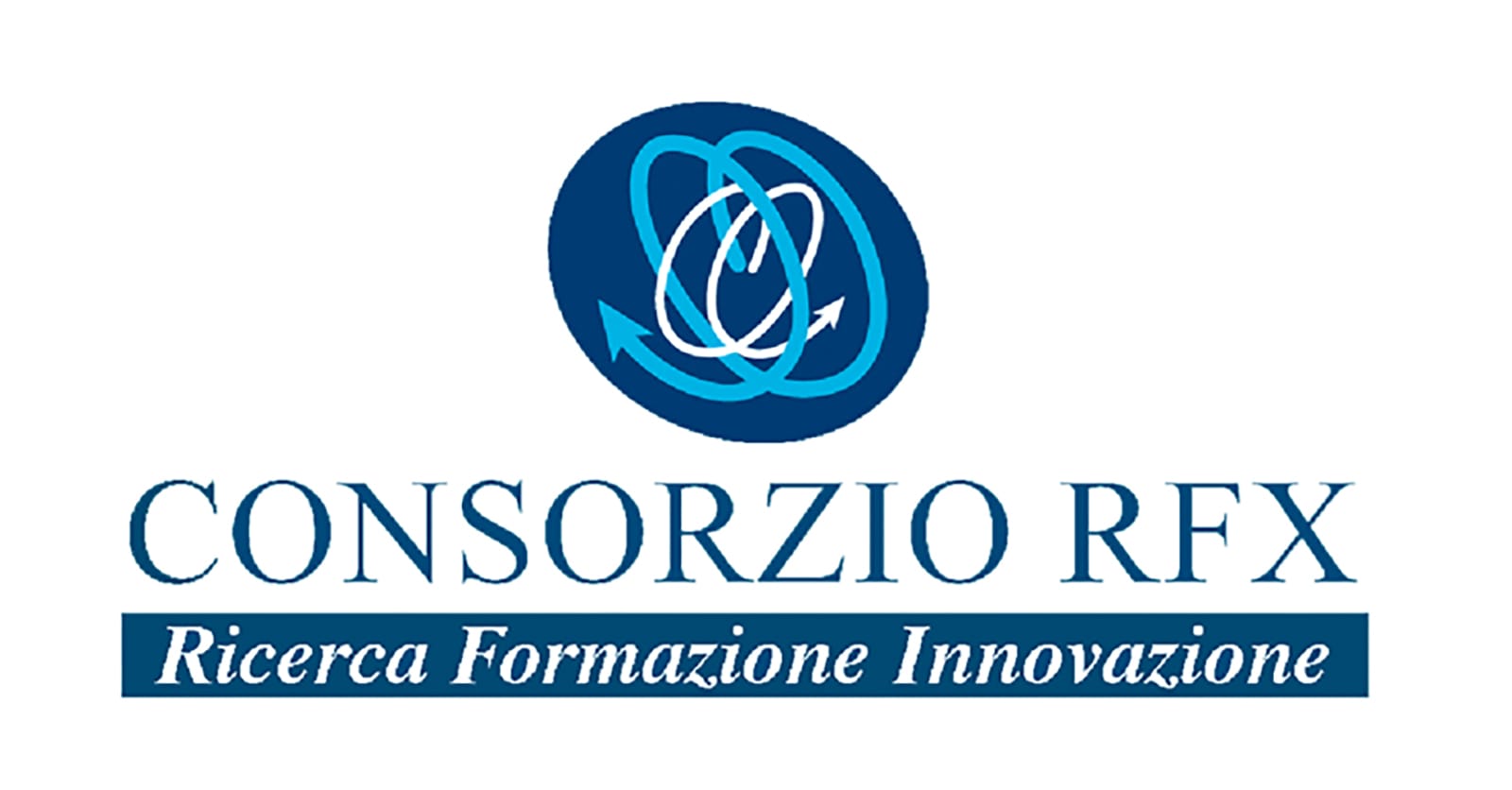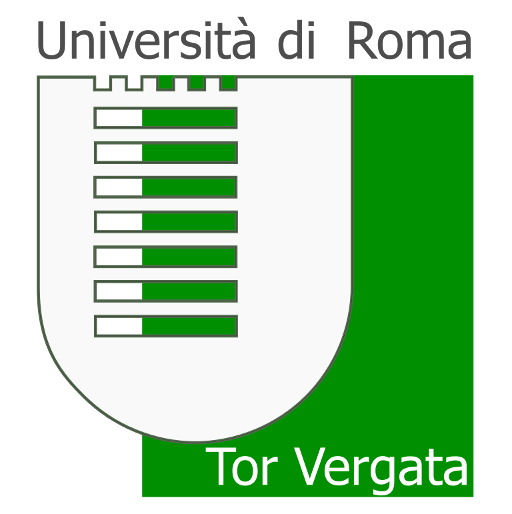Preliminary design of DTT cryopumps completed
The cryopumps preliminary design has been completed by the Karlsruhe Institute of Technology (KIT, Germany); KIT was also responsible for the concept design work of the ITER cryopump prototype.
In DTT ten cryopumps, connected to ten bottom vertical ports (Fig. 1), contain two cooled cryopanels each, with charcoal coating cooled to 4.5 K (Fig. 2), and surrounded by an optically tight thermal shield system operated at 80 K. The cryopump system will provide a pumping speed of approximately 100 m3/s, able to remove in one second about 50% of the gasses contained in the 145 m3 volume of the vacuum vessel. Such high speed provides a response time, allowing a good control of plasma content.
In future steady-state fusion reactors fuel control and efficient removal of the fusion exhaust gas will be very important. Also in present experiments fuel systems are very important to control the evolution of plasma content and the amount of radiation produced by seeded gasses andm in addition, to remove the unwanted impurities.
The cryopumps exploit one of the most effective methods for vacuum pumping, namely to capture gasses by means of surfaces cooled down to -268 °C by cryogenic helium; the water humidity and also most of the other species in the chamber (like the noble gasses and hydrogen) become solid, lose all energy and remain trapped.
Unfortunately, the helium remains gaseous down to the lowest possible temperature; so, an additional trick must be used: the most effective one is the coating of the cryogenic surfaces by charcoal. Based on its good performance and reliability the cryosorption pump technology has been selected for DTT.

















